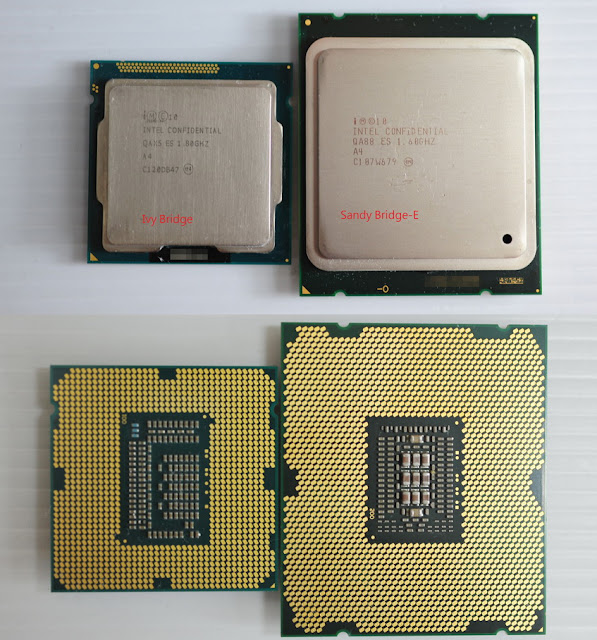
At the 2012 ISSC (International Solid-State Circuits) conference, that is scheduled to take place in February of next year, Intel will disclose additional details about its upcoming Ivy Bridge processors based on the 22nm fabrication process.
The talks will focus on an entry-level Ivy Bridge desktop or notebook processor which uses four IA-32 cores, a graphics-processing core, memory and a PCI Express controller, all built on the 22nm fabrication node, according to EETime’s findings.
Other details about this chip were not released, but we do know that the Ivy Bridge presentation will be accompanied by another Intel talk dedicated to a low-power CPU.
This will be built using the 32nm process technology and consumes just 737 mW at 1.2V while...



 11/23/2011 10:58:00 PM
11/23/2011 10:58:00 PM
 dannzfay
dannzfay


















